A lychee tree is still an exotic in the local latitudes. Nevertheless, you can grow the plant yourself from seed. Therefore, you should not dispose of the seed that is in the fruit after enjoying it, but use it for your own cultivation. Especially those who have a greenhouse or a winter garden, have a good chance to grow the little trees and harvest the tasty fruits later.
Contents
Grow lychee tree
Two ways of growing
You can grow a lychee tree in two ways. On the one hand there is the sowing, on the other hand there is the propagation with cuttings. For the second type, you need an existing lychee plant, as you can use shoots from this for growing. For sowing, on the other hand, you only need the fruit lychee, which is usually available in supermarkets in the winter months. Both methods have advantages and disadvantages:
- for sowing no existing lychee tree is needed
- first harvest only after about five to ten years
- for amateur gardeners with patience
- with cuttings mother plant needed
- first harvest can be expected earlier
- growing with cuttings always succeeds
- not all seedlings germinate and take root
- preparation with cuttings faster
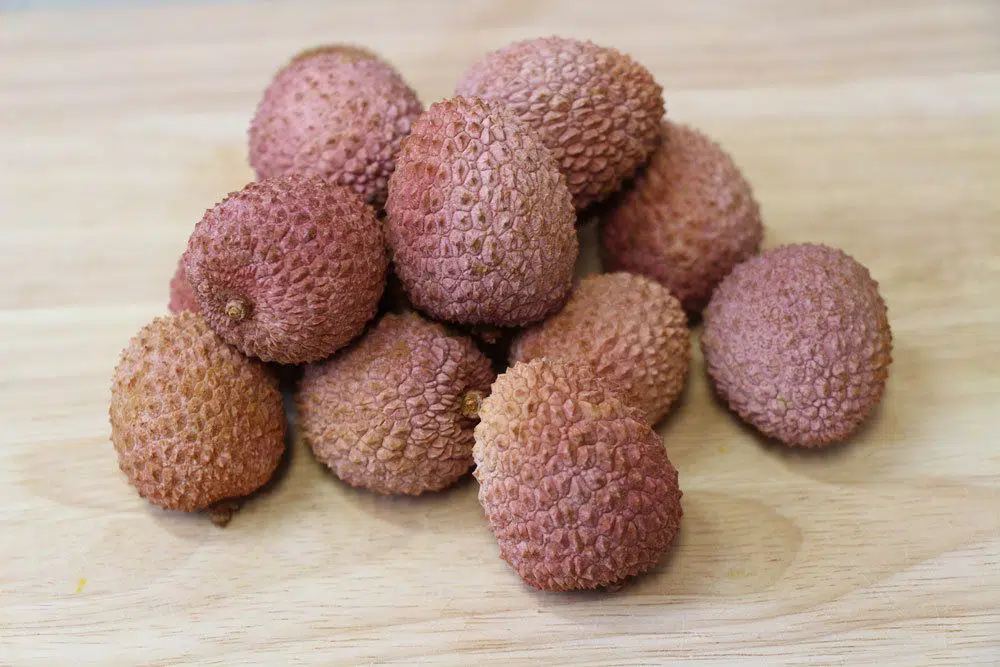
- Sowing
- Seeds
- Obtaining seeds
When the first lychee fruits are on the fruit counters of supermarkets in January and February, this is also the perfect time to obtain the seeds for growing your own Litchi chinensis. Because after enjoying the fruit, you can prepare and sow the seeds. The perfectly suitable seed can be obtained from a ripe lychee. Therefore, here you should pay attention to the following when buying:
- skin is deep pink in color
- no more green spots
- skin is firm and bumpy
- leave the lychee still green
- ripen with time
Preparation
In order to use the obtained seed and grow a lychee tree, the obtained seeds must be prepared. To do this, you should proceed as follows to stimulate germination:
- Cut open the fruit
- Separate the pulp from the seed
- Ideally with the fingers
- Carefully, so as not to damage the kernel shell in the process
- rinse carefully under running water
- use lukewarm water
- there should be no pulp left on the pit
- then soak in lukewarm water
- until the skin bursts open
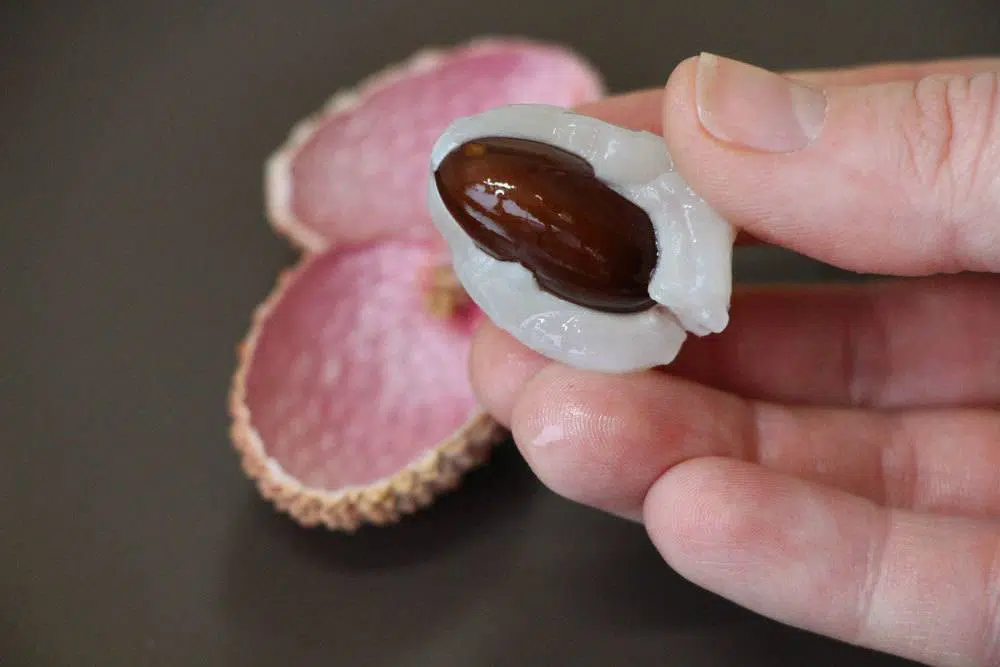
If you want to be on the safe side, you should prepare several seeds and use them for sowing. Because often germination does not succeed immediately. But in order to grow at least one lychee tree, you need to sow several seeds.
Growing soil
For growing the seedlings, the appropriate growing soil is needed. This is because the lychee plant makes special demands on the substrate, and so the composition must be right from the start when growing. Thus, the growing medium should be as follows:
- loose and lean
- well permeable
- nutrients in the substrate prevent germination
- use special growing soil from the trade
- alternatively mix coconut fiber, perlite and clay
Purchased potting soil often carries the risk of pest eggs, bacteria or fungal spores. To ensure that these are killed before use, the soil can be placed in the oven. At 150 °C for half an hour, the previously moistened soil is heated. However, before the core is then placed in the soil, it must first be well cooled again.
Preparation for sowing
If the right soil was chosen, then the pot must be selected. For this purpose, only small pots should be used. If only one seed is put into each pot, then there is no need to prick out later. To avoid waterlogging, create a drainage on the soil above the drainage hole. To do this, put a small piece of clay or expanded clay on the bottom of the container. Then consider a small piece of plant fleece before filling in the growing soil.
Sowing
When the seed has burst open in the lukewarm water after a few days, you can put it into the soil. To do this, press the seeds into the soil about one to two centimeters deep. Then continue as follows:
- Lightly press the soil
- moisten slightly
- use lime-free water
- rain or stagnant tap water
- Pot can be watered from below
- Immerse in water for a few minutes
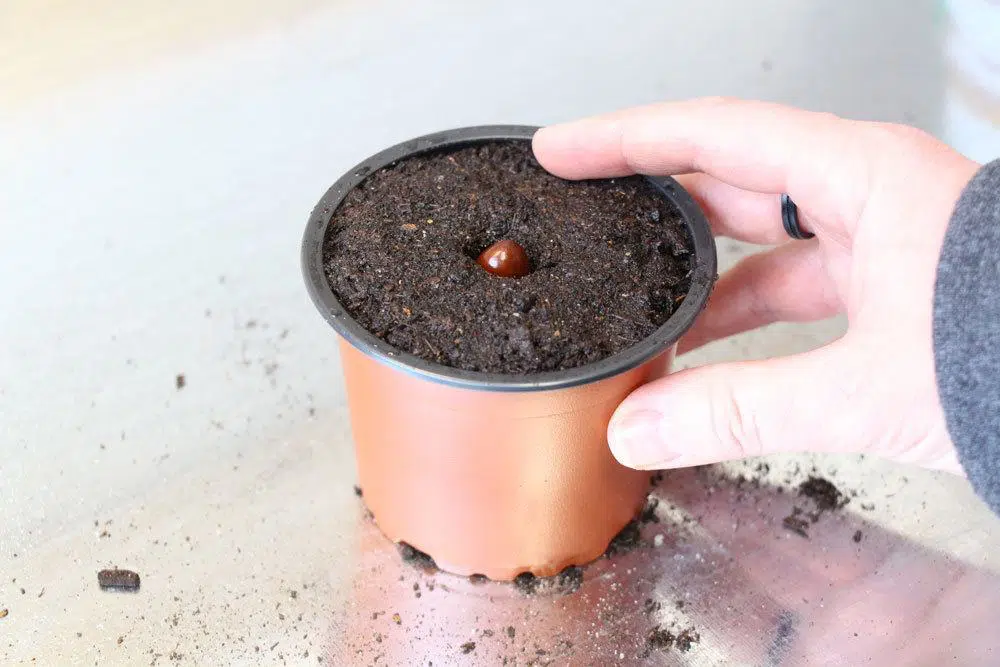
Cover pot
In order for the germination of lychee to succeed well, it is important to suggest a subtropical climate. For this purpose, indoor greenhouses are particularly well suited. They not only look beautiful but also keep the moisture well inside and can also be well ventilated. If no indoor greenhouse is available, you can use the following alternatives:
- put a transparent plastic bag over it
- cut a PET bottle in the middle
- put it over the pot
- put the glass upside down over the pot
- ventilate daily
- otherwise mold may form

Location
The ideal location for the period of germination is partial shade. Direct sunlight should be avoided here at all costs. On the other hand, constant temperatures are important, which should be around 25° Celsius. Therefore, the following locations are particularly suitable:
- near a heater
- on the window sill of an east or west window
- possibly use a heat lamp
- favorable is a place in a heated winter garden
- a heated, bright greenhouse in the garden is also suitable
- pay attention to high humidity
- possibly place bowls with water around the plant
- alternatively use humidifier
Repot after germination
If the first leaves appear after a few weeks, germination was successful. As soon as the young plant has at least three or more pairs of leaves, it has sufficient stability. Now is the right time to repot the lychee plant so that it also receives a different substrate. Because this is important for the further growth of the lychee. Therefore, when repotting, you should pay attention to the following:
- Use slightly acidic, permeable and nutrient-rich soil.
- mix loamy garden soil with coconut fibers and perlites
- Create drainage in the new pot as well
- pot should be about one third larger than the seed pot
- fill two thirds of the prepared soil into the pot
- Carefully remove the plant from the pot
- leave the soil on the roots
- put the plant into a small hollow in the soil
- fill with remaining soil and press down lightly
Water well
The lychee plant grows very slowly, so a small pot is quite sufficient for the next two to three years before you should repot again. If the container is too large, the young plant will concentrate on rooting and neglect the formation of leaves and new shoots.
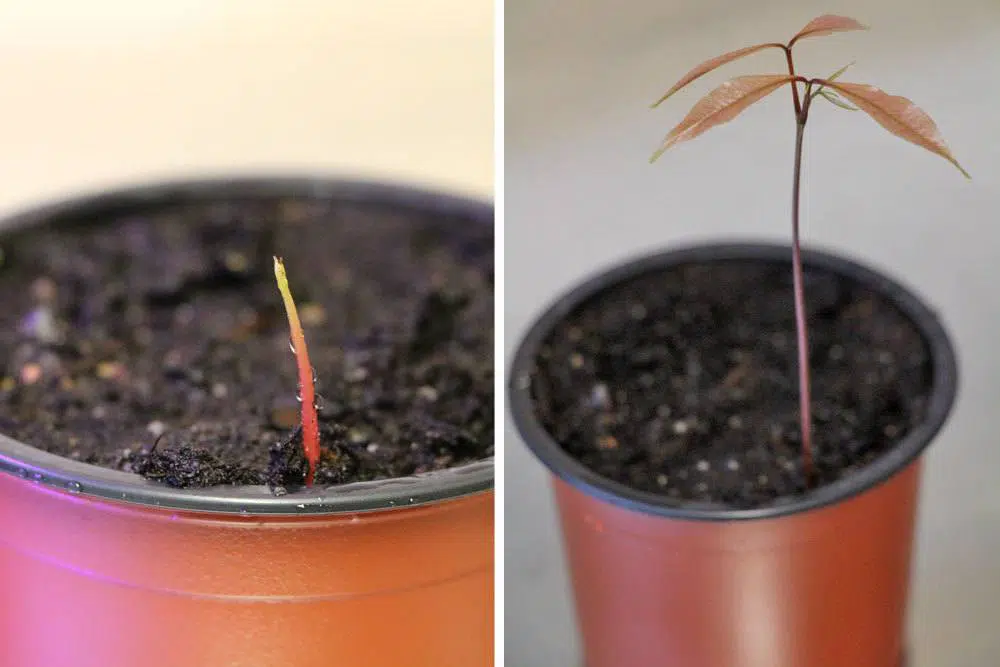
Grow from cuttings
If you already own a lychee tree, you can also grow new plants from cuttings. This is faster and often shows even more success than growing from seedlings. Half-woody, non-flowering head shoots about 15 cm long are used for this purpose. The advantage of this propagation is that the first fruits can be harvested earlier and it is not necessary to wait up to ten years, as is the case with lychee chinensis grown from seeds. When growing from cuttings, pay attention to the following:
- Put cuttings one-third in potting soil
- insert until the first eye
- from this the roots will form
- half-shady and bright window place
- about constant 25 °C
- keep cuttings always slightly moist
- repot after rooting
- proceed as described under “repotting after germination
Care
After repotting the small lychee plant needs special care to grow well. The first fertilization begins about four weeks after repotting. This is because the nutrients in the fresh soil are quite sufficient for the first time. Care for the small lychee tree should be as follows:
- sunny and warm location
- but not too hot
- no direct midday sun
- better in a winter garden than on a balcony
- constant temperatures of 25° Celsius
- keep root ball always moist
- avoid waterlogging
- Let the soil dry only slightly on the surface
- use liquid fertilizer for tropical plants every four weeks
- fertilize from April to October
The hobby gardener should not be irritated by the fact that the lychee tree grows very slowly after rapid germination. After all, this is common with the exotic little trees.
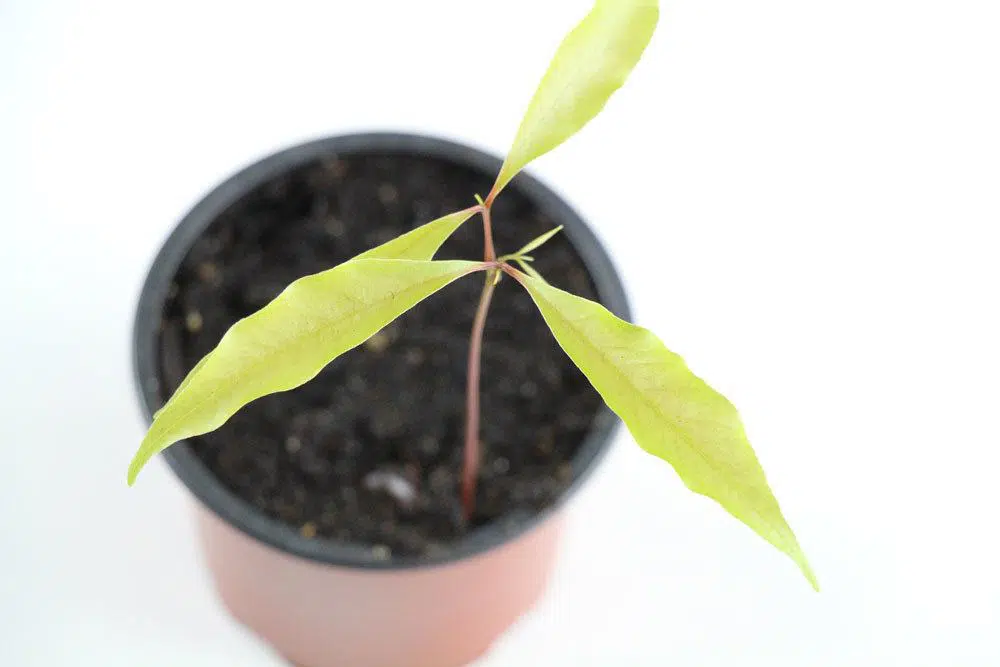
Wintering
Although the lychee tree is accustomed to consistently warm temperatures in its native habitat, it will still benefit its growth and a later harvest if you give the plant a light winter rest. This also stimulates flowering, which later produces the tasty fruit. If, on the other hand, the plant is in the same warm location all year round, then flowering and therefore harvesting will not occur. So you should overwinter the lychee as follows:
- place in a cool but bright place
- between 12 °C and 15 °C
- do not fertilize
- keep it moist
- avoid waterlogging
- high humidity
- location in an unheated winter garden
- a bright, cool staircase is ideal
- leaves may fall off
- sprout again in spring
Harvest
Ideally, you can harvest the first fruits after five years after cultivation at the earliest. However, on average, the time to harvest is not until about ten years of life. In contrast to the large lychee fields in Africa, the fruits ripen in late summer to autumn in our latitudes. When harvesting, you should pay attention to the following:
- dark skin promises ripe fruit
- green lychees can also be harvested
- still ripen
- own harvest less tasty
- is due to low solar radiation in local latitudes
That the fruit of the lychee chinensis is offered in the supermarket in winter is due to the fact that those sold here come from the always warm South Africa and Madagascar. The plants grown here, on the other hand, need the warmth of summer to allow the lychees to grow and ripen well.

